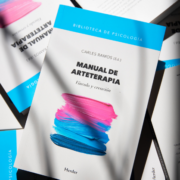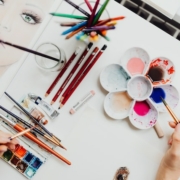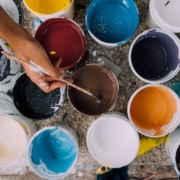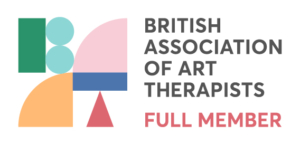When is art therapy used?
Art therapy is a powerful form of therapy that can help individuals work through a range of emotional and mental health challenges. But when is art therapy used, and how can it be beneficial? In this blog post, we will explore the situations in which art therapy may be used, and how it can help individuals overcome obstacles and find healing.
Art therapy can be used in a variety of situations and contexts. One common use of art therapy is in the treatment of mental health disorders such as anxiety, depression, and post-traumatic stress disorder (PTSD). In these cases, art therapy can help individuals process their emotions and experiences in a safe and supportive environment. Art therapy can also be used to help individuals manage symptoms such as stress, insomnia, and chronic pain.
Art therapy may also be used in medical settings to help individuals cope with physical health challenges. For example, art therapy may be used to help cancer patients manage the emotional and psychological stress that often accompanies cancer treatment. It may also be used to help individuals cope with chronic pain or disabilities.
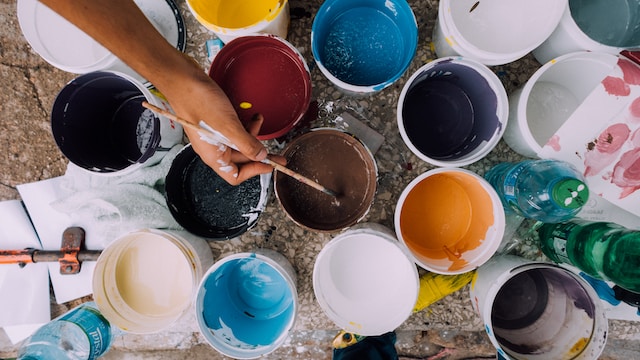
Art therapy can also be beneficial for children who are experiencing emotional or behavioral challenges. Art therapy provides a safe and non-threatening way for children to express their feelings and explore their experiences. It can be particularly helpful for children who have difficulty verbalizing their emotions or who may be too young to express themselves verbally.
In addition to its therapeutic uses, art therapy can also be used in educational and community settings. For example, art therapy may be used to help individuals develop social skills, improve self-esteem, and promote creativity and self-expression.
Art therapy can be beneficial for individuals of all ages and backgrounds. It can help individuals explore their emotions, develop coping skills, and find healing in a safe and supportive environment. If you or someone you know is struggling with emotional or mental health challenges, consider exploring art therapy as a potential treatment option.
What are the similarities and differences between art therapy and counseling
Art therapy and counseling are two types of therapy that can be used to support individuals who are struggling with emotional or mental health challenges. While there are some similarities between the two, there are also important differences that set them apart. In this blog post, we will explore the similarities and differences between art therapy and counseling.
Similarities Between Art Therapy and Counseling
Both art therapy and counseling are forms of psychotherapy that aim to support individuals in improving their emotional and mental health. Both involve working with a trained therapist who provides a safe and supportive environment for individuals to explore their thoughts and feelings. Both approaches may involve individual or group therapy sessions, depending on the needs of the individual.
In addition, both art therapy and counseling may involve the use of various therapeutic techniques and interventions. These may include cognitive-behavioral therapy, mindfulness, and other evidence-based therapies that are designed to support individuals in developing coping skills and improving their mental health.

Differences Between Art Therapy and Counseling
The primary difference between art therapy and counseling is that art therapy involves the use of art-making as a form of self-expression and exploration. In art therapy, individuals use various art materials to create artwork that represents their thoughts, feelings, and experiences. The therapist then works with the individual to explore the artwork and uncover insights into their emotions and behaviors.
Counseling, on the other hand, is typically focused on talk therapy. Individuals work with a therapist to discuss their thoughts, feelings, and experiences in a safe and supportive environment. The therapist may provide guidance and support in developing coping skills and strategies for managing difficult emotions.
Another important difference between art therapy and counseling is that art therapy may be particularly effective for individuals who have difficulty expressing themselves verbally. For example, individuals who have experienced trauma or who are struggling with anxiety may find it easier to express themselves through art than through words.
Which Approach is Right for You?
Deciding whether to pursue art therapy or counseling may depend on your individual needs and preferences. If you enjoy creative expression and feel that you may benefit from using art as a form of therapy, art therapy may be a good choice for you. If you prefer talk therapy or have specific issues you want to address, counseling may be a better fit.
In conclusion, both art therapy and counseling are valuable forms of therapy that can help individuals improve their emotional and mental health. While there are similarities between the two, there are also important differences that set them apart. If you are considering therapy, it may be helpful to explore both options and determine which approach is right for you.

